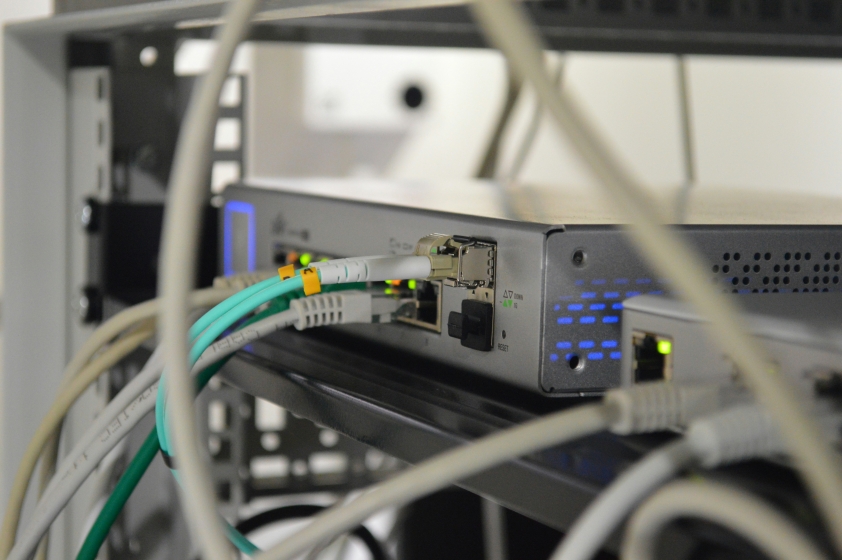NAT Traversal: Bridging the Gap Between Private and Public Networks
March 14, 2025
Most home and corporate networks implement NAT (Network Address Translation), which can make running server software on local devices challenging. NAT Traversal, also known as Hole Punching, provides a solution by creating inbound port mappings in NAT tables.
For a local device to establish a connection with a remote host behind NAT, it must first initiate an outbound connection. This creates a dynamic mapping in the NAT table, allowing the remote host to connect back to the local device through the established port mapping.
